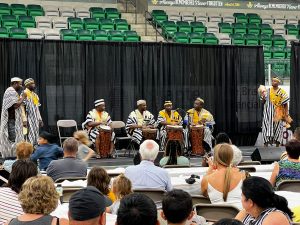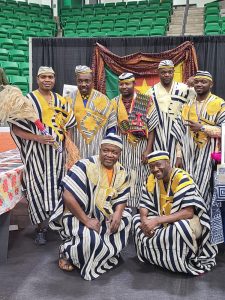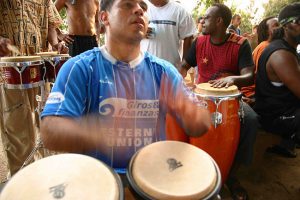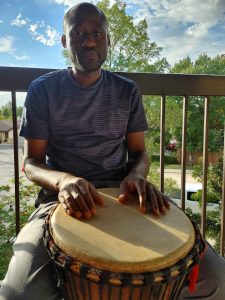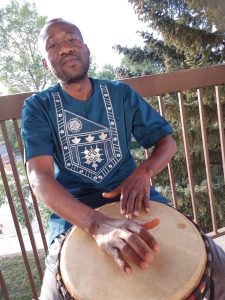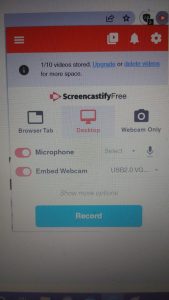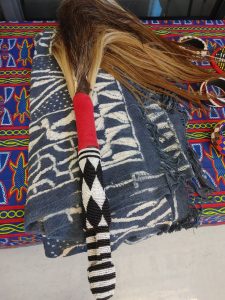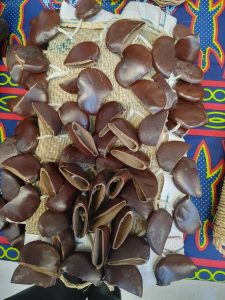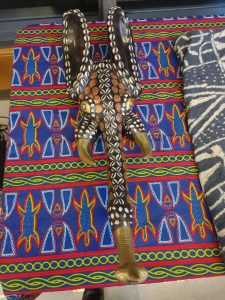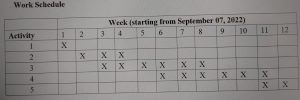Hello everyone,
I had the opportunity through this course (EDTC 300) to learn something I never experienced which is closely related to my identity: the Drumming. During this learning process, I learned alone and practiced with the members of my community in preparation for our local cultural event that was held last November.
Instead of writing a long report, I will provide you with the link of what I posted week by week followed by what I learned and a video of me drumming at the cultural event.
Week 1: My journey for the Djembe: Drumming and singing
Here, I presented my project and developed a plan
Week 2: Hands coordination in Djembe produces different rhythms
I learned simple, double, and triple paradiddle to produce different rhythms.
Week 3: Drumming and singing: Remembering September 30 in Saskatchewan
I tried to practice a lot of the single, double and triple paradiddle that I learned from videos and produce a song for the National Day for Truth and Reconciliation
Week 4: Rhythming Kyrie Eleison with Djembe
I learned different Djembe rhythms and practiced the Kuku, which is one of the most popular rhythms played in Guinea (West Africa) during traditional events.
Week 5: Where does the sound of Brazilian drums come from?
Here, I learned two famous Brazilian song that used Djembe: Tambor de Crioula and Capoeira. I learned about the origin and the purpose of these songs.
Week 6: Drum circle as a mean to gather together: What you need to know
Here, I got to learn different ways by which people drum such as open drum circle, and Community drum circle.
Week 7: Coupling Brazilian Samba rhythm with Djembe
I learned that origin of Brazilian Samba Djembe is influenced by many cultures including indigenous, Portuguese (trough colonization) and African (trough slavery). I tried to drum by following the rhythms showed on YouTube videos.
Week 8: Koughang, a mystical traditional dance in Cameroon
Here, I learned more about a mystical dance of the West region of Cameroon that use Djembe. This was motivated by the fact we were planning to drum something similar for our local cultural event.
Week 9: Your chance to see me drumming at the cultural event
Here, I presented some of the videos of me drumming at our local event.
1. Initials steps
The steps I took were to first familiarize myself with the materials used while drumming and singing. Below are some of them. Then, I started searching for resources online.
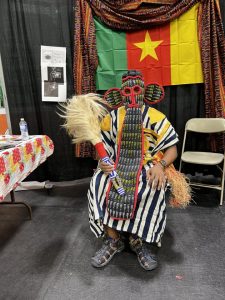
Exposition of some of the materials we used for drumming and singing.
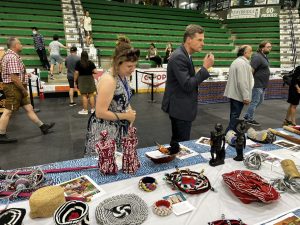
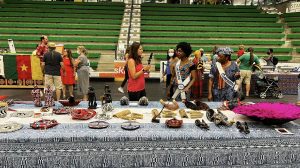
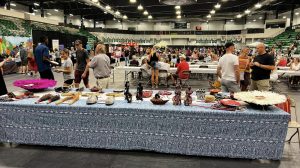
2. Resources used
I used mainly used easy-djembe.com and afrodrumming.com which are online websites that have lessons on drumming where the teacher put into practice what he is teaching. I found them to be very interesting for beginners like me and I tried to repeat it with my djembe. I also used YouTube videos to complement my learning or to explore different practices. Interestingly, I used the Chrome extension Screencastify (learned in this class) to record me drumming for my weekly post.
3. My overall experience
Learning alone was not easy for me but I took the necessary time to practice. I realized that knowledge comes with patience and dedication. As a self-directed learner, I decided on what to learn and most importantly, I was trying to direct my learning to the rhythms that were like what will be presented during our local cultural event in November. Interestingly, I noticed that I was very improving when I started practicing with my community in preparation for the event. I realized that I had some talents that I was not aware of. As you will see in the video below, I was even the one having the main rhythm with the microphone pointed to my Djembe.
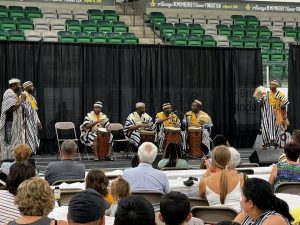
Image of me having the microphone pointed to my Djembe. You can also see our team with uniform.
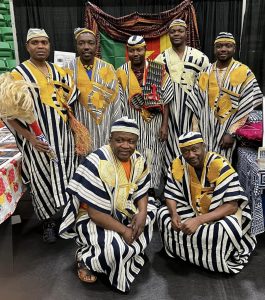
I invite you to also watch the next parts of the video.
Cultural event (Drumming and Singing) part 2/3
Cultural event (Drumming and Singing) part 3/3
4. Future direction
Coming to the end of this learning project, I do not intend to stop here. I am planning to continue drumming with my friends in the community to help accelerate our physical healing and boost our immune system. This is mainly because it is demonstrated that drumming has a positive effect on anxiety, fatigue, depression, and reduces stress.
The knowledge gained from this learning project will help me as a future teacher, to develop a transdisciplinary and playful project to confront the students with humanist values of sharing and fraternity. Also, I will participate as a drummer in our local community.

